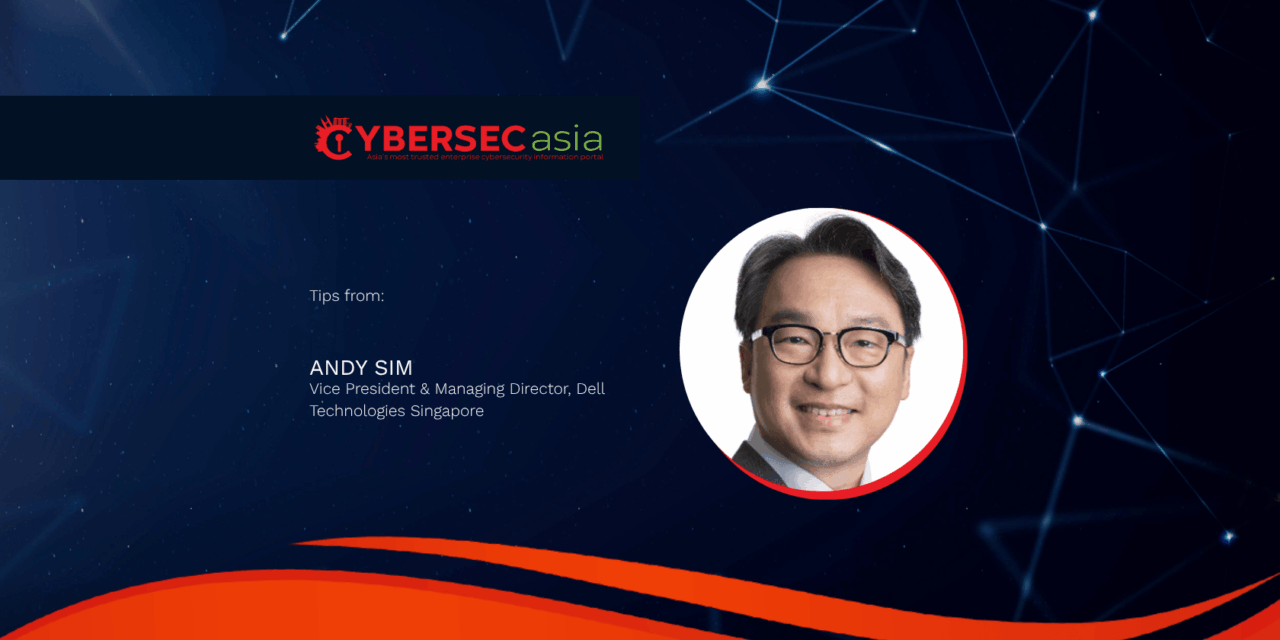This primer explains key elements of cyber resilience that leaders observe to safeguard data integrity and adapt to evolving cyber threats.
As digital revenues grow, the integrity, availability, and security of corporate data are rapidly becoming paramount concerns for leadership, especially as organizations race to adopt the latest technologies.
A critical question looms large: Can we truly protect the very systems and data powering our future, and ensure business continuity when the inevitable attack hits?
The answer lies in doubling down on cyber resilience: enhancing the ability to anticipate, withstand, recover from, and adapt to cyber events.
Core elements of robust data protection
In our increasingly complex digital world, securing data is the single most crucial action for ensuring business continuity. Insufficient air gapping and a lack of immutable backups were two of the top reasons organizations paid ransom during attacks, according to reports.
Robust data protection is then non-negotiable, and must encompass four key elements:
- The speed to protect significantly large datasets effectively
- The ability to restore data quickly, often with built-in deduplication technology
- Protection for modern workloads across on-premises, virtual, and multi-cloud environments
- Solutions designed for peak performance, efficiency, and scalable growth
Examples of measures to boost cyber resilience include automating zero trust security features such as immutability, encryption, multi-factor authentication, and role-based access controls.
These are critical, given the new risk vectors that criminals are introducing effortlessly by abusing AI.
Tackling persistent cyber threats
Cyber resilience empowers organizations to strengthen defenses while maintaining agility to recover when attacks inevitably occur, regardless of cybersecurity maturity or industry sector.
Encouragingly, many organizations are already seeking external professional support as a step towards greater cyber resilience.
Key challenges shaping this new reality include:
- The expanding attack surface: Generative AI applications create new avenues for cyberattacks, from data poisoning and privacy breaches to sophisticated social engineering. Data protection solutions must mitigate the consequences of compromised AI data.
- False sense of security: Many employees polled in some surveys have shown that people commonly and mistakenly believe that their organizations can simply pay ransoms to recover all breached data and resume operations. This overconfidence is a dangerous vulnerability.
- Limited insurance coverage: While ransomware insurance is common, restrictive clauses and limitations often leave organizations financially vulnerable. Many policies provide insufficient coverage to fully address the financial fallout of an attack.
- Complex tool ecosystem and public cloud dependency: Organizations grapple with a complex web of backup tools and solutions, often acknowledging the need for upgrades. This is compounded by a growing reliance on cloud service providers for data protection, despite lingering security concerns. Many are even considering moving workloads back on-premises due to these concerns but lack the expertise to do so effectively. Cultivating true cyber resilience starts at the top: it must be a boardroom priority, treated with the same urgency as financial risks or competitive strategy. Executives will have to allocate enough resources, set clear timelines, and embed security and resilience at every level. This approach empowers every employee and ensures accountability for their role in maintaining cyber resilience.
Key strategies to improve recovery outcomes include:
- Reducing the attack surface by safeguarding data integrity and confidentiality through locked data copies that prohibit deletion or changes, supported by robust controls including hardware root of trust, secure boot, encryption, retention lock, role-based access controls, and multi-factor authentication
- Automated data isolation to make infiltration harder for attackers by isolating sensitive data within secure digital vaults
- Rapid detection and response with AI-powered machine learning and full-content indexing to quickly identify and neutralize intrusions, minimizing data corruption
- Effective recovery and remediation plans to rebound and ensure business continuity without compromise
- Strategic solution planning including assessing appropriate Recovery Time Objectives and Recovery Point Objectives to streamline recovery
As reliance on cloud services, hybrid environments, and generative AI deepens, protecting digital assets becomes more complex. Moving beyond reactive security to proactive defence by embracing cyber resilience as a strategic imperative will ensure business continuity and the ability to navigate future challenges.

















